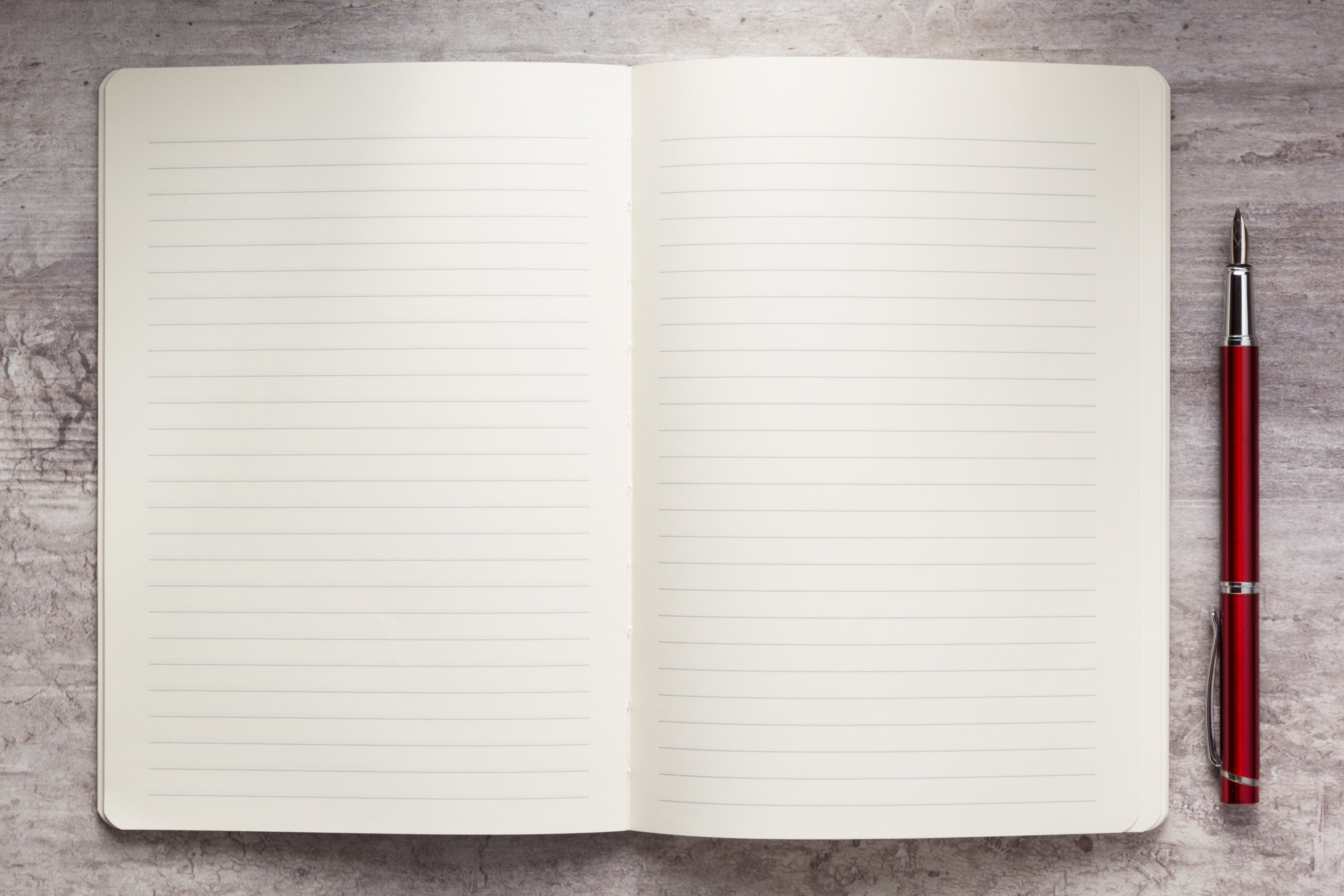The Fascinating History of Notebooks
The Fascinating History of Notebooks
Notebooks have become an indispensable tool for writers, office workers, and creatives alike. These simple yet powerful objects have a rich history that spans centuries, connecting us to the thoughts, ideas, and innovations of those who came before us. In this article, we'll take a deep dive into the fascinating history of notebooks, exploring how they have evolved from ancient times to the present day.

The Evolution from Journals to Modern Notebooks
The evolution of notebooks can be traced back to the early use of journals. In ancient times, journals were essential tools for documenting life, and recording events, thoughts, and daily activities. As societies advanced, these journals became more structured, leading to the development of notebooks as we know them today. With the advent of the printing press and mass production, notebooks became readily available, making it easier for people to add them to their cart and set off on their creative or professional journeys. Today, they remain a vital part of everyday life, offering a portable and personal space for capturing the essence of the human experience.
Ancient Beginnings
The concept of recording information dates back to ancient civilizations. The earliest forms of writing were inscribed on clay tablets by the Sumerians around 3500 BCE. These tablets were heavy, but they served the essential purpose of documenting transactions and events.
The ancient Egyptians made significant advances in writing materials with the invention of papyrus around 3000 BCE. Papyrus, made from the pith of the papyrus plant, was a lightweight and portable medium. It allowed for the creation of scrolls, which were used to record everything from religious texts to administrative documents. While not exactly notebooks, these scrolls represented a significant step forward in the evolution of writing materials.
The Middle Ages
The transition from scrolls to bound books marked a crucial development in the history of notebooks. During the Middle Ages, parchment and vellum, made from animal skins, became the primary writing materials in Europe. Monks in monasteries meticulously transcribed religious texts and classical literature onto these durable surfaces.
The codex, a precursor to the modern notebook, emerged during this period. A codex consisted of individual pages bound together along one edge, much like a modern book. This format allowed for easier reading and reference compared to scrolls. It was also during this time that the first semblances of personal notebooks began to appear. Scholars and merchants would carry small, portable codices to jot down notes, making it easier to record ideas and information on the go.
The Renaissance and the Printing Revolution
The Renaissance brought about a renewed interest in knowledge and learning, which in turn fueled the demand for more accessible writing materials. The invention of the printing press by Johannes Gutenberg in the mid-15th century revolutionised the production of books and notebooks. Printed books and notebooks became more affordable and widely available, democratizing access to knowledge.
During this period, notebooks began to take on various forms and sizes. Commonplace books, where individuals recorded quotes, observations, and personal reflections, gained popularity among scholars and intellectuals. These notebooks were often customised with decorative covers and personalised touches, reflecting the owner's tastes and interests.
The Industrial Age
The 19th century marked a significant turning point in the history of notebooks. The Industrial Revolution brought about advancements in paper production and bookbinding techniques. Mass production made notebooks more affordable and accessible to a broader audience.
One notable development during this time was the introduction of the spiral-bound notebook. In 1934, Edward Podosek invented a machine that could punch holes in paper and insert a wire coil, creating a flexible and durable binding. This innovation made it easier for students, professionals, and artists to use notebooks for various purposes, from taking notes in class to sketching ideas.
The Digital Age
The late 20th century and early 21st century have seen a significant shift in how we interact with notebooks, thanks to the digital age. While traditional paper notebooks remain popular, digital notebooks and note-taking apps have gained traction. Devices like tablets and e-readers offer the convenience of digital note-taking, allowing users to sync their notes across multiple devices.
However, despite the rise of digital alternatives, there is a timeless appeal to the tactile experience of writing in a physical notebook. Many writers and office workers continue to prefer the simplicity and focus that a paper notebook provides. The act of putting pen to paper can enhance creativity and memory retention in ways that digital devices often cannot replicate.
The Enduring Appeal of Notebooks
Throughout history, notebooks have evolved to meet the changing needs of society. From clay tablets to digital note-taking apps, the core purpose of notebooks has remained the same: to capture and preserve our thoughts, ideas, and experiences.
Today, notebooks come in a wide variety of styles, sizes, and formats to suit different preferences and purposes. Whether you prefer a classic leather-bound journal, a pocket-sized Moleskine, or a digital notebook app, there is a notebook out there for everyone.
Conclusion
The history of notebooks is a testament to the enduring human desire to record and organise information. From ancient clay tablets to modern digital note-taking apps, notebooks have played a vital role in the development of human civilisation. They have enabled us to document our ideas, share knowledge, and preserve our thoughts for future generations.
If you're a writer, office worker, or simply someone who loves to capture their thoughts on paper, consider exploring the rich history of notebooks. By understanding their evolution, you can gain a deeper appreciation for the tools that continue to shape our world.


Leave a comment